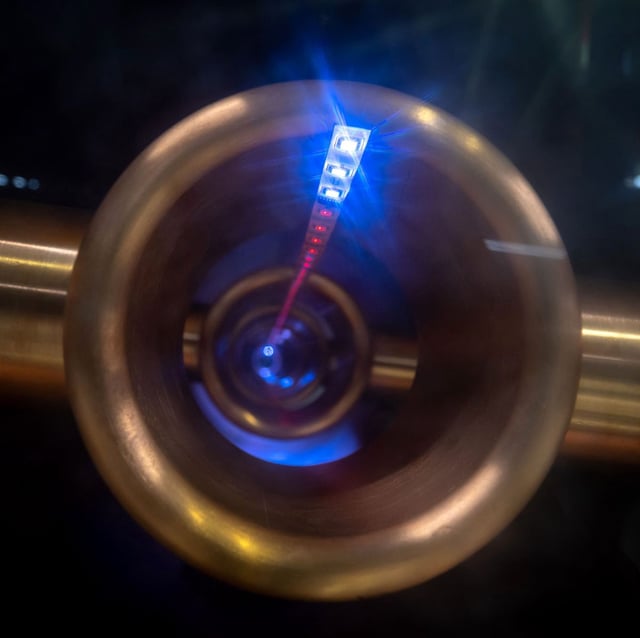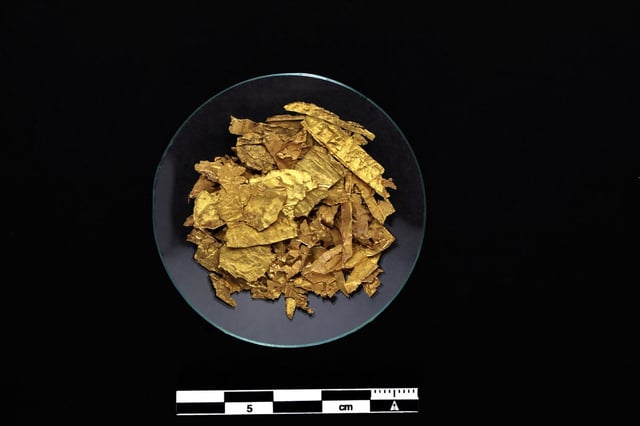Overview
- Scientists at CERN's Large Hadron Collider achieved controlled nuclear transmutation of lead into gold through ultra-peripheral electromagnetic collisions.
- The ALICE detector's advanced zero degree calorimeters enabled precise measurements of gold nuclei produced in these experiments, validating theoretical models.
- Between 2015 and 2018, the process yielded 86 billion transient gold atoms, amounting to just 29 picograms, with improved yields observed in Run 3 data.
- The findings, published on May 7, 2025, in Physical Review C, refine understanding of electromagnetic dissociation and beam-loss management in particle accelerators.
- While the gold is short-lived and produced in microscopic quantities, the research informs the design of future high-energy colliders and enhances beam stability.


